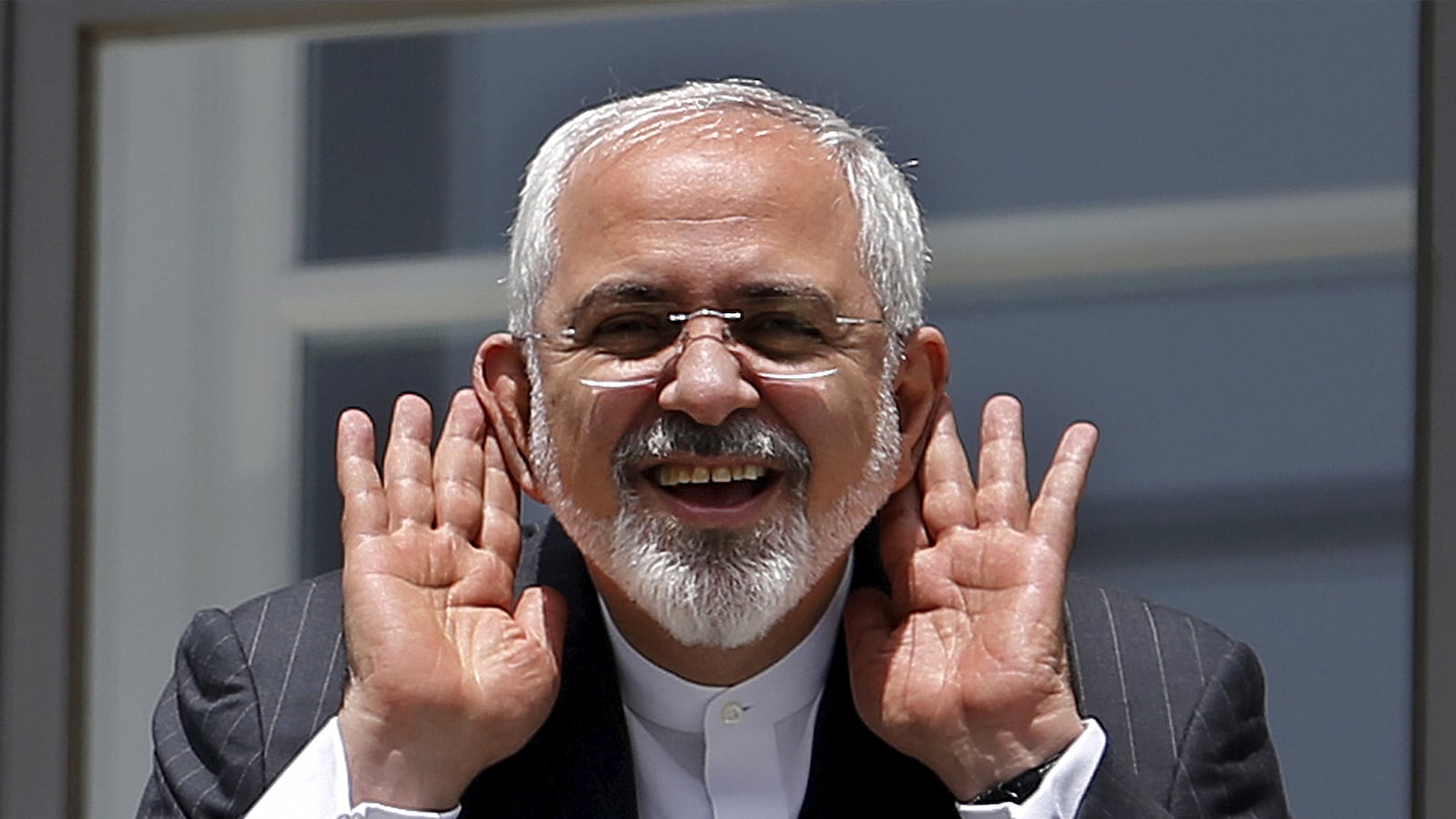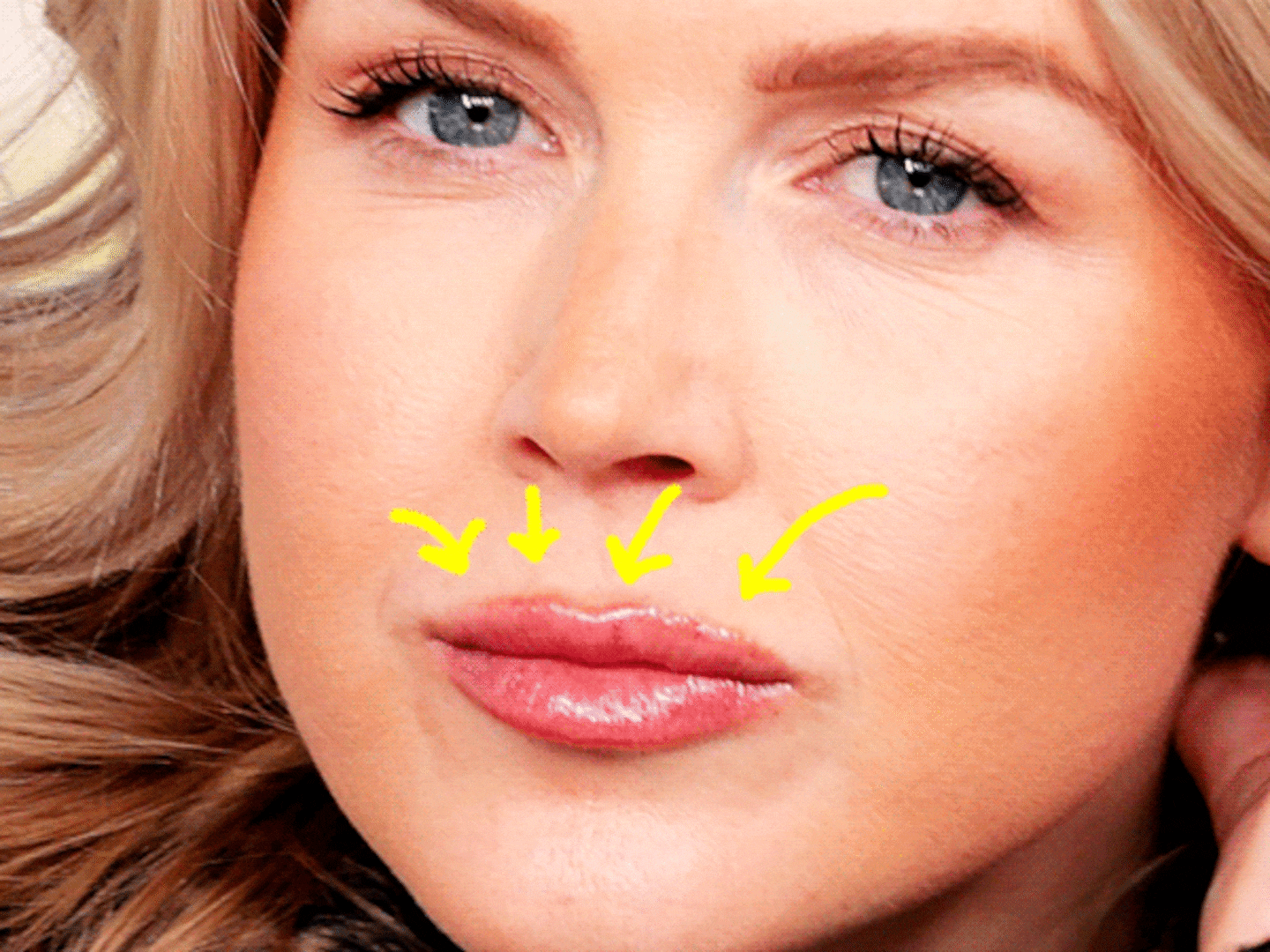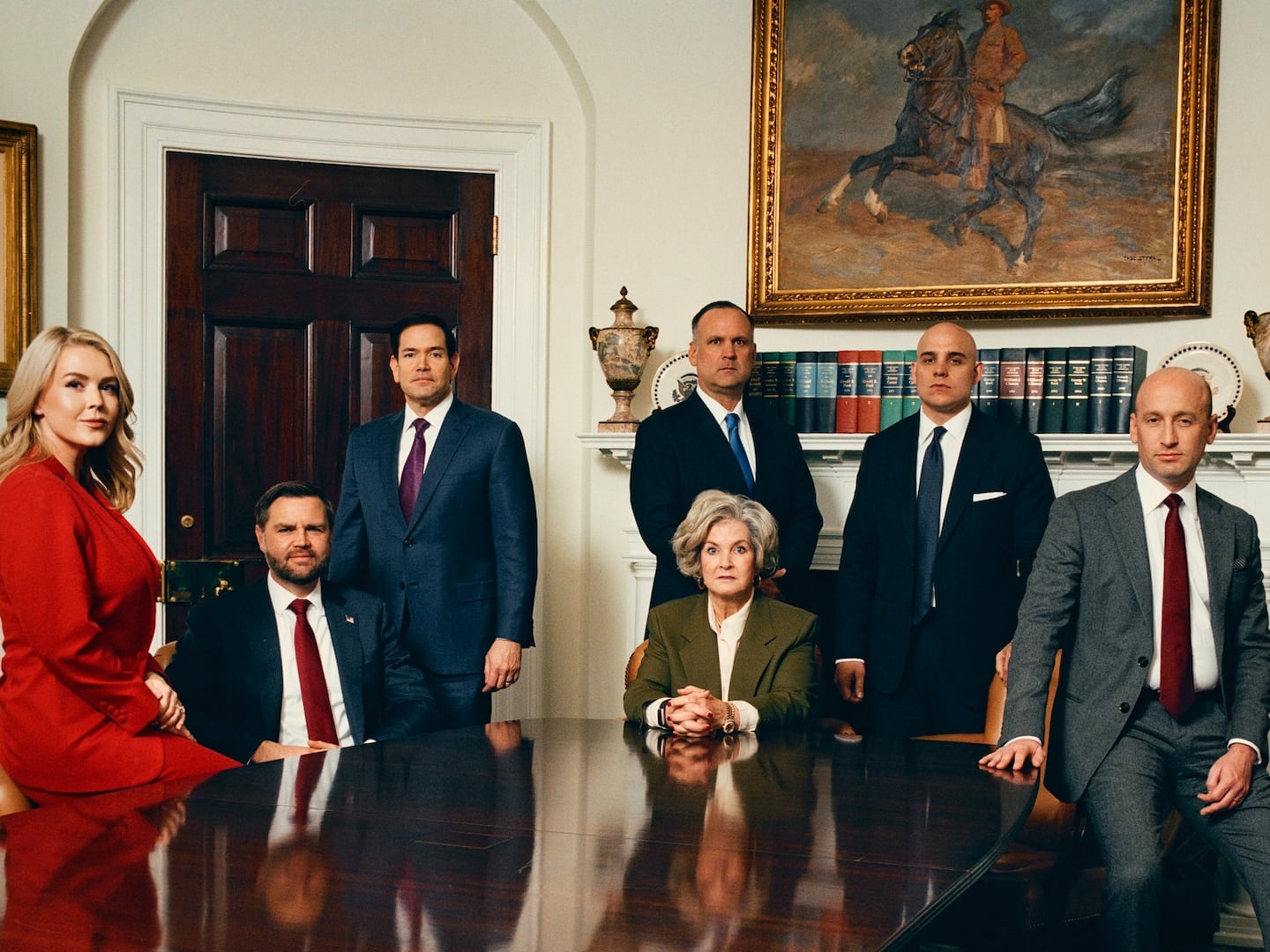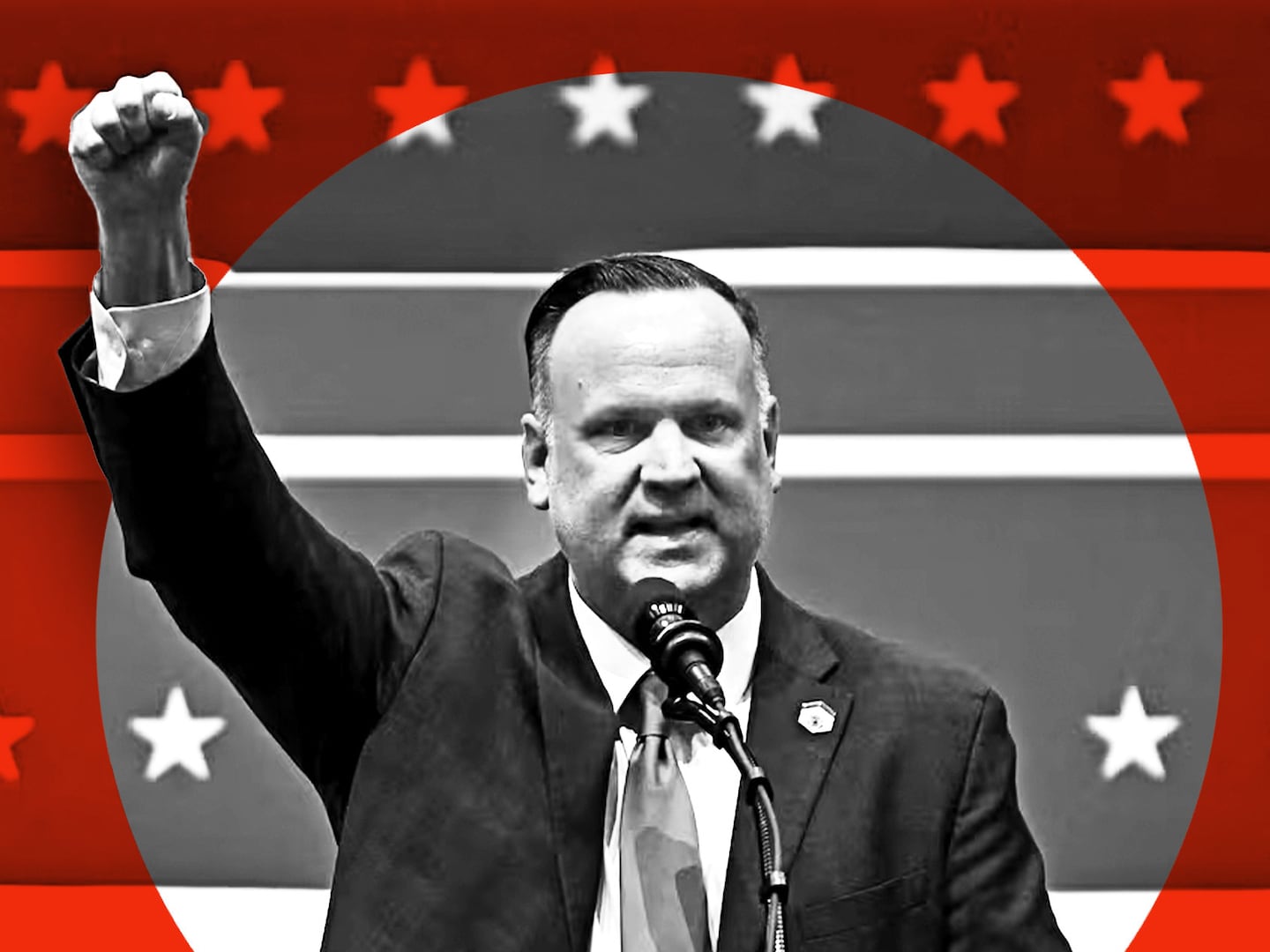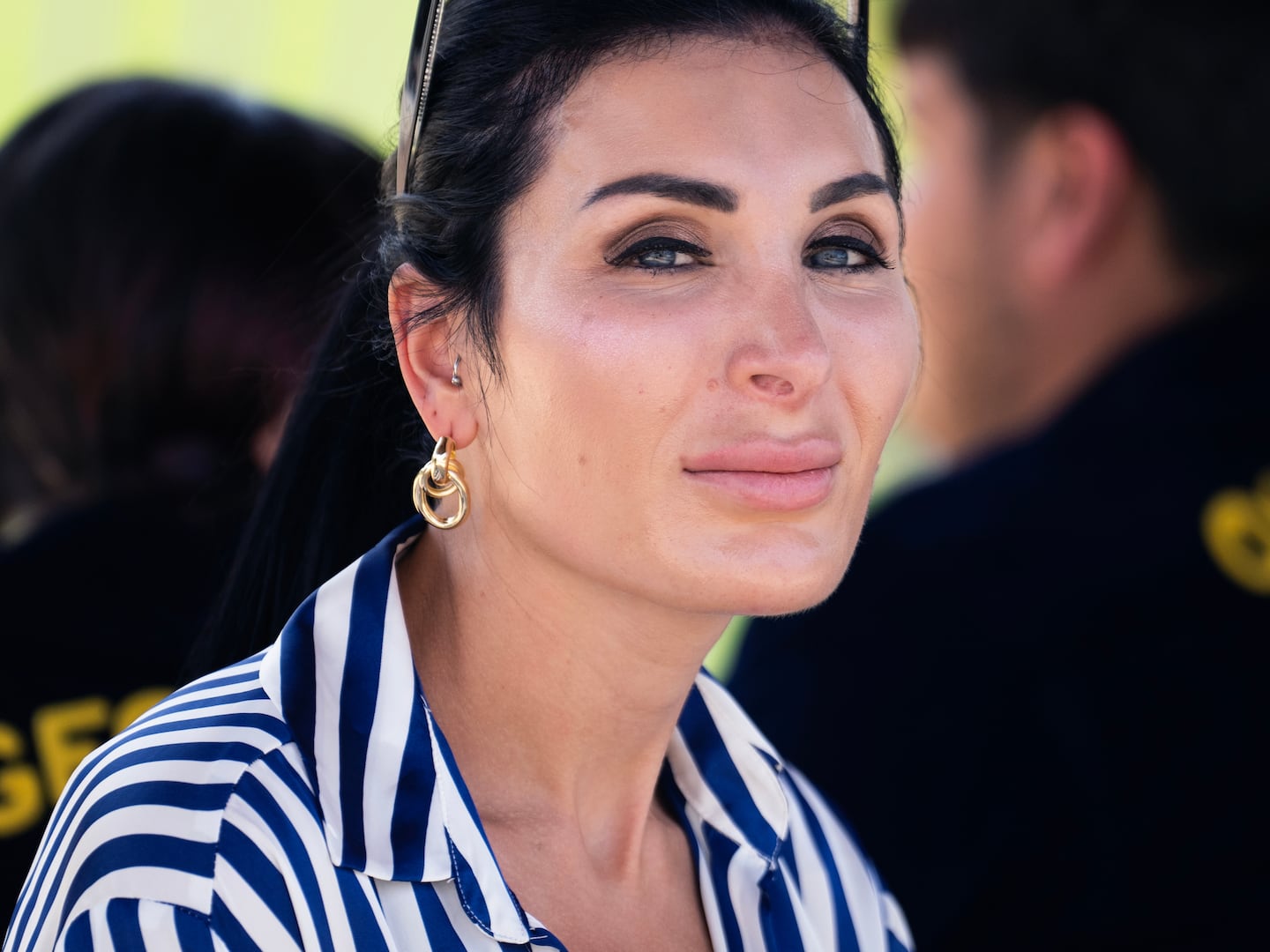PARIS — After the most recent of many deadlines for the marathon Iran nuclear talks in Vienna came and went, one Iranian analyst with close ties to the negotiators suggested, “At this point it’s a question of how much more they can take; there’s a limit to how many schnitzels you can eat.”
Well, now it looks like a deal is done—but not quite. The Associated Press reported Sunday that two diplomatic sources said an announcement was imminent—maybe Sunday, but more likely Monday. The document in question reportedly runs about 100 pages and “logistically” a deal tonight is said to be “simply impossible.” So don’t wait up.
The draft agreement mostly likely will be enough to get the negotiators home to Tehran, Washington, London, Paris, Beijing, Moscow, and Berlin early this week. But it still won’t be signed, sealed and delivered. And as U.S. Secretary of State John Kerry and Iranian Foreign Minister Javad Zarif head back to their respective capitals several issues loom ahead that bear close watching as critics on all sides prepare for attack. Republicans in the U.S. Congress already are dissing the document they have yet to see.
Before focusing on a few of the tricky details, there’s one big question, though: If this deal fails, what’s Plan B?
In the worst of all possible worlds (which often seems to be where we’re headed these days), heavy sanctions would remain in force. Iran would take a hard line, pushing forward with more nuclear development and fewer, weaker, or no inspections, and once again the world very likely would be headed toward a major war in the Middle East with Israel leading the way lest its very survival be called into question by nuclear-armed mullahs. In such a fight, Washington would soon find itself with little choice but to join in.
Or, perhaps, the world would muddle through with less apocalyptic scenarios. The allies who’ve been persuaded thus far to impose sanctions on Iran would start to peel away; the constraints on Iran’s economy would fray; and as the pressure eased the Iranians would be careful not to cross any threshold that might actually start a war. Even so, Iran would return solidly to the status of “nuclear threshold state” that it had achieved before the current talks began, positioned only a few months or weeks away from producing nuclear weapons if it chose to do so.
Or, the various Western powers and Russia and China, not known for their friendly cooperation on such issues, could all sign onto much tougher sanctions, really bring Iran to its knees, and force it to give up all nuclear development and aspirations. That’s what Israel and its partisans on Capitol Hill have been pushing for.
Good luck with that one.
So let’s put aside the question of no deal. What kept them all eating breaded veal in Vienna for the last couple of weeks was the realization that they had to deliver some kind of agreement that might be far from ideal but would be good enough to sell to the American Congress and Iran’s Supreme Leader. They also hope, without being too explicit, that it will lay the groundwork for better understanding and cooperation on many different issues, including the fight against the so-called Islamic State.
In its broadest terms, evident since last April, the nuclear accord would lift most sanctions on Iran in exchange for Iran reducing some of its nuclear enrichment capacity while agreeing to international inspections that would certify that it keeps its end of the bargain and give the West enough time to take action—economic, military, or both—before Iran could actually build The Bomb.
Here are three key points to watch:
1. Sequencing and Sanctions. Iranian President Hassan Rouhani and Foreign Minister Javad Zarif have promised Supreme Leader Ali Khamenei and other powers-that-be in Iran that once the deal is done all sanctions will be lifted and Iran’s economy will be fully back in business. The Americans, French, and others have wanted a gradual lifting of sanctions tied to certified steps taken to meet the agreement’s obligations. (Not all sanctions are tied specifically and directly to the nuclear program, in fact. Some deal with Iran’s missile development and are not supposed to be on the table.) In any case, sanctions relief is not a switch that can be flipped from one day to the next.
For the last week we have heard that the compromise being discussed in Vienna would be to draft the detailed agreement but not to sign it until some elements clearly had been implemented, and at that point the heavy sanctions tied to the nuclear program could be lifted. That would allow the West to get some reassurance while Zarif and Rouhani kept their promise about sanctions being lifted when the deal was done.
A major concern, of course, is that once the sanctions are lifted, no “snapback” arrangement to re-impose them will be workable, even if it is agreed, and Iran will once again have a hell of a lot of cash to fund its various subversive operations in Iraq, Syria, Lebanon, and Yemen if it so chooses.
2. Inspections. From the beginning of the talks it has been understood by all sides that Iran will have to sign on to what’s known as the “additional protocol” of the Nuclear Non-Proliferation Treaty. This allows inspectors from the UN’s International Atomic Energy Agency (IAEA) to look at almost anything they choose at almost any time with, in some cases, as little as two hours’ notice.
The additional protocol was drawn up in the mid-1990s after frightening experience showed that Iraqi dictator Saddam Hussein had exploited loopholes in the NPT, to which Iraq was a signatory, in order to build a whole clandestine nuclear weapons program. Iran also is a signatory of the treaty, but was declared in “material breach” after it own secret enrichment program near the town of Natanz was exposed in 2003. (In case you were wondering, Israel is not a signatory at all.)
For two years after that, Iran agreed to observe the letter of the additional protocol, but the Bush administration did not think this was adequate, refused to deal directly with Tehran, and kept pushing for ever tougher sanctions.
The result: Tehran forged ahead with its enrichment program, getting ever closer to the necessary raw material for nuclear weapons (while always saying it had no intention of building them). The number of uranium-enriching centrifuges on line went from a few hundred to several thousand, and a new facility was built deep underground at Fordow that might well be impervious to America’s most sophisticated bombs, should those be deemed necessary.
Given that Iran is not likely to give up its latent nuclear enrichment capacity, the inspection regime is the key issue for the United States and the other Western negotiators.
The deal is meant to balance a reduction in active enrichment capacity with inspections that are so pervasive and reliable that nothing overt or covert can slip by. Some of this, of course, can be done with electronic and other surveillance methods, but at the end of the day there is no substitute for inspectors on the ground with the power to look inside buildings and, optimally, to talk to personnel.
Last month Supreme Leader Ali Khamenei tried to push back against that kind of inspection regime, saying no military sites would be open to inspection. If so, that would make a credible deal almost impossible for the Americans to sign.
3. Who Decides? One of the great problems that Washington has had dealing with Iran since 1979 is determining who makes the final decisions and, indeed, who you need to talk to in the first place in order to achieve real results. Can Rouhani and Zarif deliver the supreme leader’s ironclad approval? For that matter, the Iranians wonder if Kerry and President Barack Obama can deliver congressional approval. Those shadows loomed large behind the negotiators throughout the process. Now, it appears, they loom in front of them.
This drama is far from over, but at least the menu is changing.

